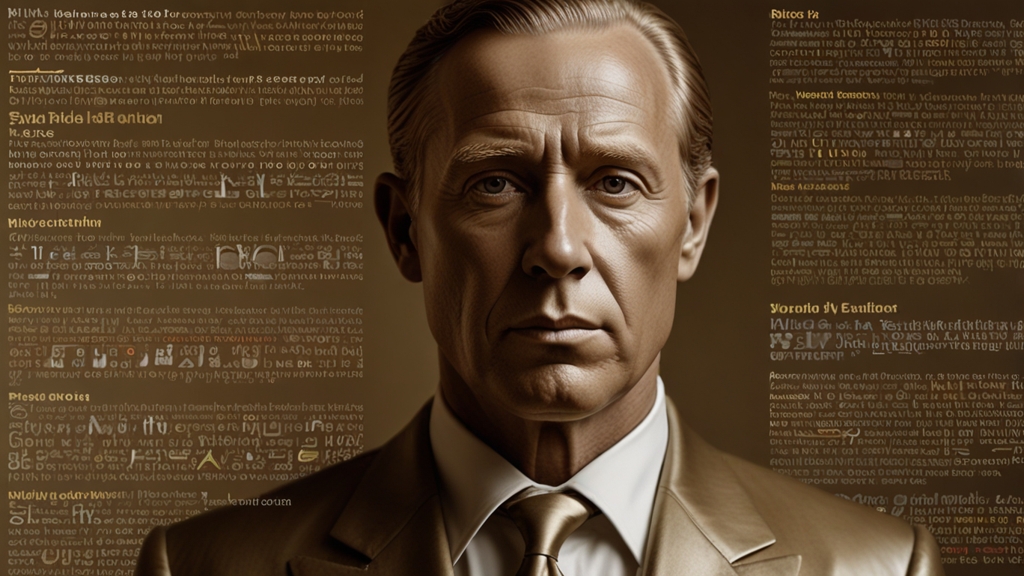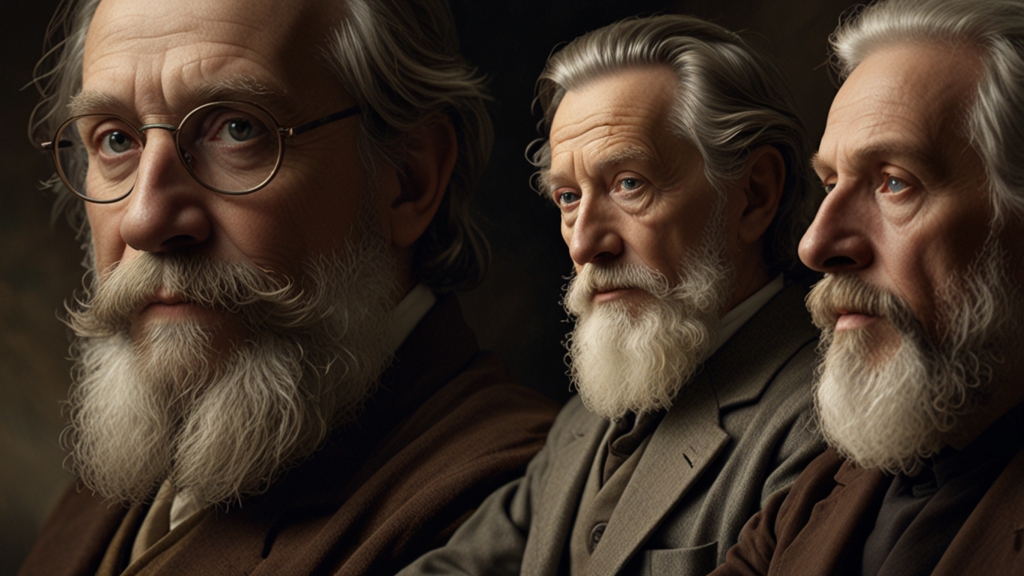The Fascinating Role of Crucifixion in Ancient Rituals
Crucifixion, often associated with the execution of Jesus Christ, holds a more extensive and multifaceted role in the rituals and societies of the ancient world. This method of capital punishment, which involves binding or nailing the victim to a large wooden cross, was not solely a tool of Roman executioners but a practice that carried significant ritualistic and symbolic weight in various cultures.
Origins and Early Uses
The origins of crucifixion as a form of execution are difficult to pinpoint exactly, but evidence suggests that it was utilized by several ancient civilizations, including the Persians, Greeks, and Carthaginians, long before it became a fixture in Roman capital punishment. Crucifixion's early uses likely had ritualistic connotations, serving not only to penalize but also to convey messages of power and divine retribution.
Symbol of Power and Punishment
The most notable civilization to employ crucifixion extensively was ancient Rome. The Romans perfected this method as a means to control and intimidate the masses. While it functioned as a brutal form of punishment, crucifixion also held a significant place in their societal rituals, as it visually demonstrated the might of the Roman state and the severe consequences of dissent.
“Crucifixion as a public spectacle reinforced the social order and the power dynamics within the empire, making it a potent symbol beyond its role as a mere execution method,” explains historical theologian Dr. Jane Phillips.
Crucifixion in Religious Contexts
In addition to its use in punitive contexts, crucifixion also had profound implications within various religious frameworks. The act of crucifixion, particularly in Roman times, often took on meanings that transcended mere execution. For many, witnessing such a death carried with it notions of martyrdom and divine will.
“The crucifixion of early Christian martyrs was interpreted not just as a punishment but as a participation in Christ’s own suffering and triumph, cementing the act as a cornerstone of Christian iconography and belief,” argues religious historian Mark Heller.
Crucifixion as a Ritual Act
Even before its adoption by Roman and Christian traditions, crucifixion served a variety of ritualistic functions. In some Eastern Mediterranean cultures, individuals who were perceived as threats or carriers of malevolent spirits were ritually crucified as a form of purging. This gruesome practice symbolized the community’s collective effort to eliminate evil and restore harmony.
Crosses and Cruciforms in Rituals
The cross itself, beyond the act of crucifixion, has had a longstanding symbolic presence in ancient rituals. The use of cruciform shapes dates back to prehistoric times, often representing intersections of divine and earthly realms. In many ancient cultures, the cross became an integral part of rituals, symbolizing life, death, and resurrection cycles.
Legacy and Transformation
While crucifixion as a practice has long been abolished, its symbolism persists. The cross has evolved from a tool of torment to one of the most recognizable symbols of peace, sacrifice, and redemption due to its transformation in Christian theology. The historical role of crucifixion in rituals and executions highlights the complex interplay between violence, power, and spirituality in human society.
Understanding the fascinating role of crucifixion in ancient rituals offers insights into how societies have grappled with concepts of justice, divinity, and morality. It serves to remind us how the meanings and uses of brutal practices can be transformed over centuries, shaping not only cultural symbols but also the very fabric of human belief systems.









